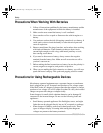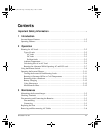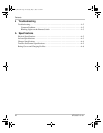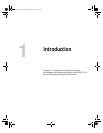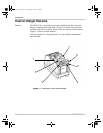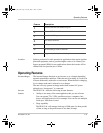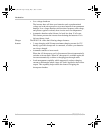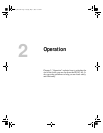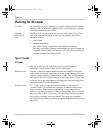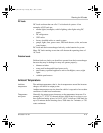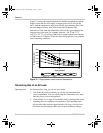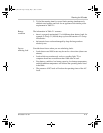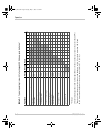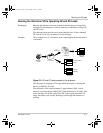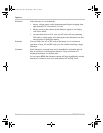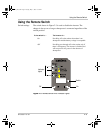
Operation
2–2 975-0337-01-01
Planning for AC Loads
AC load AC load refers to an AC appliance you want to operate from the inverter/
charger. Loads include most appliances that you can plug into a standard
120 volt household electrical outlet.
Variables
affecting AC
loads
The IP1012 AL inverter
/charger can power a wide range of loads. The
size of the load and the length of time you can operate it depends on
variables such as:
• type of load,
• ambient temperature,
• size, state of charge, temperature, and condition of batteries.
The larger your battery capacity and the higher the state of charge, the
longer the inverter
/charger can run your AC loads. Battery capacity is
reduced as battery temperature lowers.
Type of Loads
AC loads
The way in which an AC load draws power may determine how
effectively it can be powered from the inverter
/charger.
Resistive loads Toasters, coffee pots, and incandescent lights are examples of resistive
loads which do not need a high start-up current to start running. They use
a resistive heater element to generate heat or light. They are the simplest
and easiest loads for an inverter
/charger to run. Large resistive loads, such
as electric stoves and water heaters, are impractical since their high power
requirements quickly drain the batteries.
Inductive loads TVs, VCRs, stereos, computers, and electric motors (power tools,
vacuum cleaners, for example) are examples of inductive loads which
surge on start up. They require a high startup current compared to a
resistive load such as a toaster or coffee pot. Depending upon its size, the
motor can take as much as six times of its operating current to start than it
does to keep it running once it has started. This surge can sometimes
exceed the inverter
/charger’s maximum output rating and the inverter will
shut down.
IP1012_AL.book Page 2 Tuesday, May 1, 2007 12:18 PM



